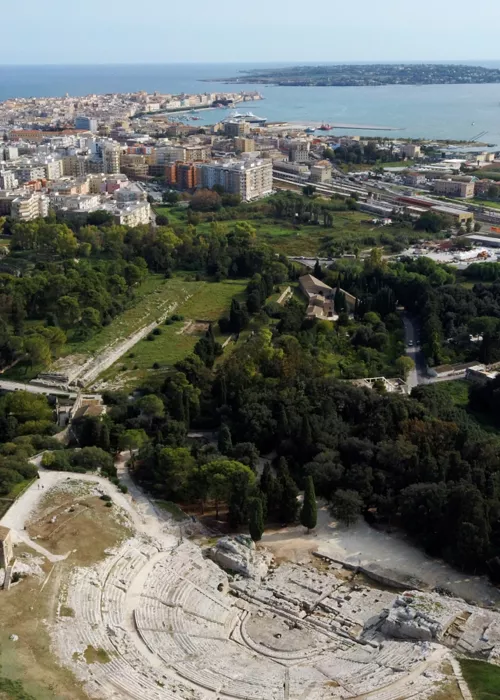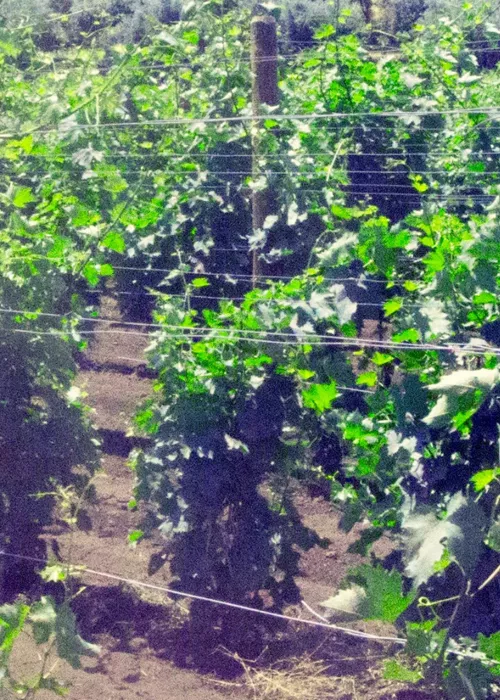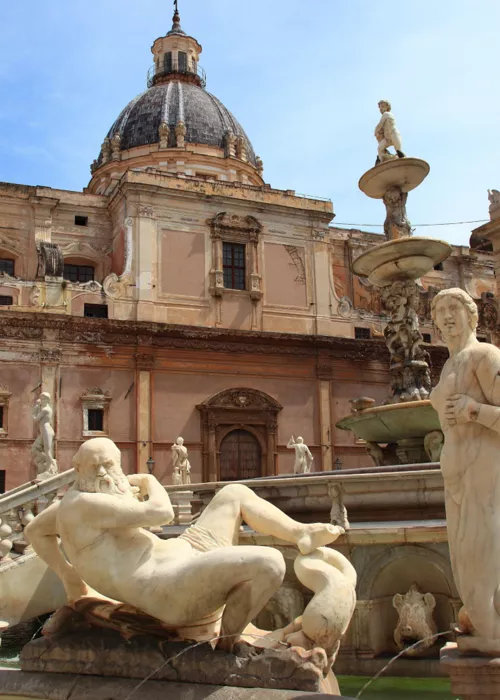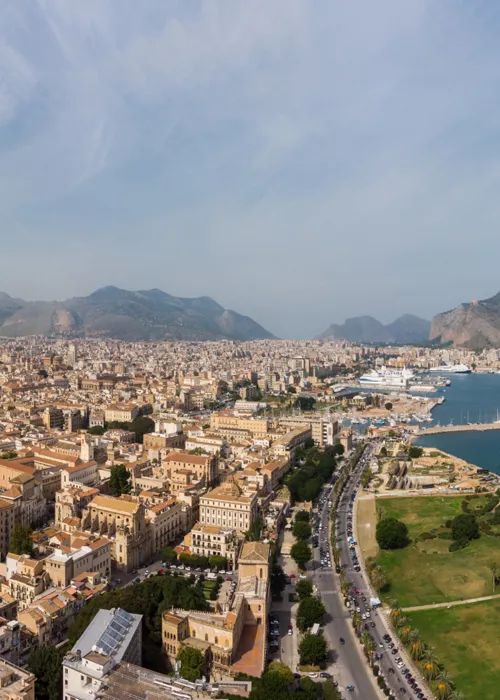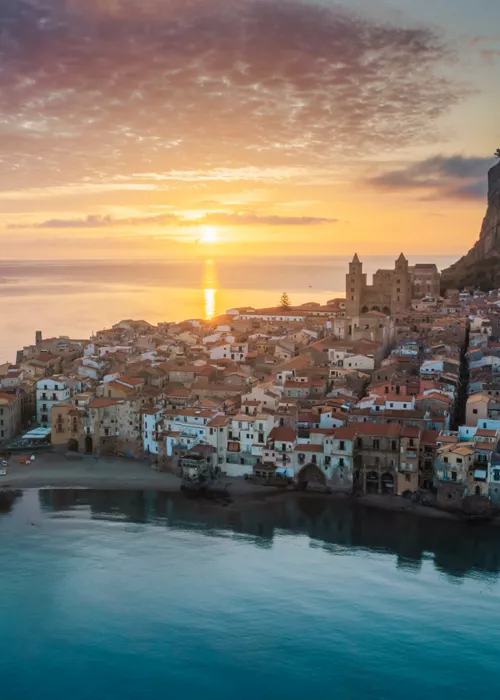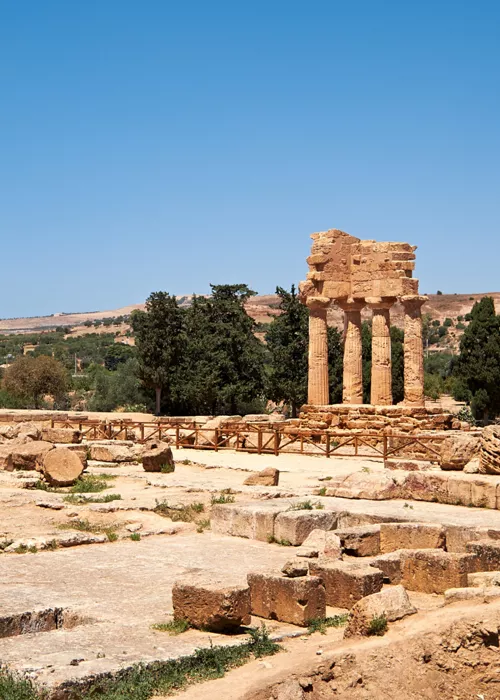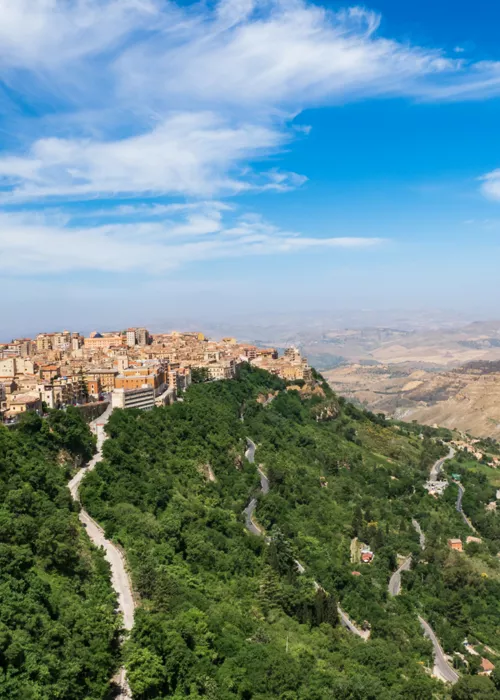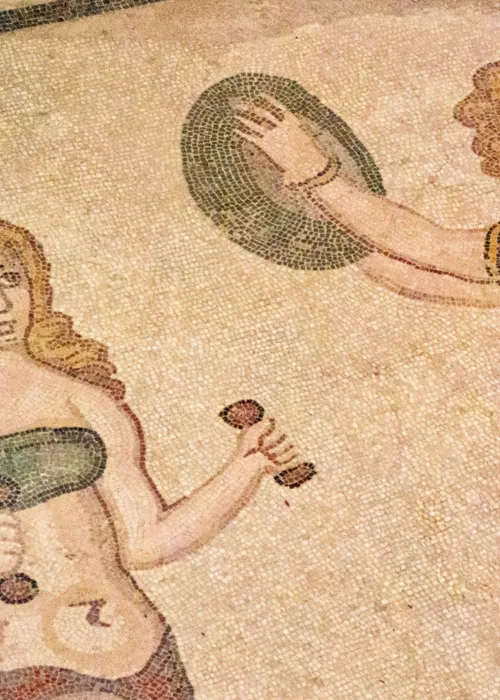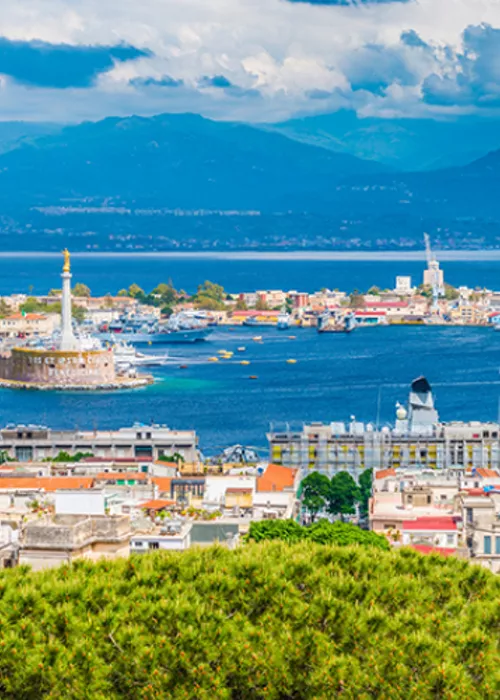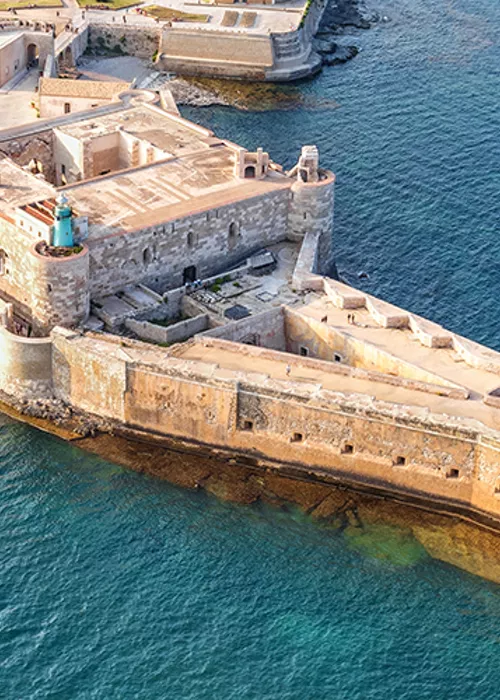Acropolis of Saints Mark and Theresa

It is located on two hills with a flat "saddle" (a strategic point for the control of the island and the port area). Finds dating from the 3rd century BC have been discovered here, which suggests that there was once a Roman forum here. Today, the remains of Punic and Roman urban planning can still be seen, as well as the city walls and terracing The most significant finds are of course the "Heads of Pantelleria": marble sculptures depicting Julius Caesar, Antonia Minore (mother of the emperor Claudius) and the emperor Titus.
Lake of Venus

The flawless surface and clear water contrasts with the rugged and forbidding nature around the shoreline, creating an incredible view: this is the Lake or "Mirror" of Venus. It was formed naturally in the crater of a volcano, where legend has it, Venus saw her reflection before meeting Bacchus. This is the perfect place to come if you want to enjoy the benefits of thermal mud therapy, thanks to the sulphur-rich springs that form along the shores of the lake. Rich in therapeutic and mineral properties, this is one of the main attractions of Pantelleria.
Moving towards the west coast, you come to the smaller lake Ondine, where the emerald-green sea water collects in a basin formed by the erosive action of the waves. Even further south, make sure to visit another symbol of the island, Elephant Arch, a giant pachyderm of rock whose 'trunk' seems to plunge into the sea.
The Favare

Heading inland, it's time to look for the favare or fumaroles: jets of steam that escape from fissures in the rocks, reaching temperatures of up to 100°C, colouring the rocks red and giving off a strong odour of sulphur. The most famous fumarole is the Favara Grande: located on a plateau on the south side of the 'Great Mountain', it looks rather like the entrance to the kingdom of Hephaestus, the god of fire, who according to Greek myth had his forge in the bowels of Mount Etna.
Nearby, to the north, you'll find the "stufe" (stoves), which are actually caves in which the underground vapours form a kind of natural sauna, reaching a temperature of about 37 °C. One of them is the cave of Benikulà, in the Sibà district, on the ridge of the Montagna Grande. It is partitioned into two chambers: on the outside is the frigidarium, with small stone seats and a great view of the Monastero plain; inside is the smaller compartment, which has a deep fissure emitting hot steam.
Before going up the island towards the Sesi Archaeological Park, it is worth taking the detour to the southern tip of Pantelleria, where you'll find the Balata dei Turchi, an inlet of blue-green water with a smooth stone slab jutting out into the sea.
Sesi Archaeological Park

In the northwest of the island, amid the lavic landscape there is a prehistoric village, over 5000 years old, overlooking the sea. This is the Sesi Archaeological Park. The term "sese", in local dialect, indicates a pile of stones. But here, in this archaeological park, the "sesi" aren't just any old piles of stone. They are cone-shaped sepulchral monuments, with domes on top. The Sese Grande is the only one left intact: it measures 5 metres in height and consists of 12 cells and 12 corridors. Inside, there are 4 sarcophagi complete with grave goods. A little further on is the Muro Alto ("High Wall"): an imposing prehistoric fortification almost 200 metres long, 10 thick and almost 8 metres high!



